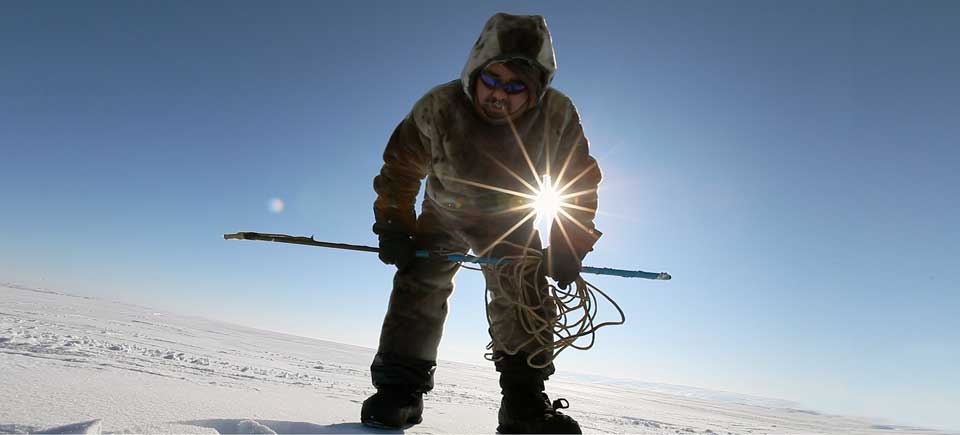
Inuit Culture, Living History
Inuit Culture, Living History
This post was written by Pam Gross, Executive Director at the Kitikmeot Heritage Society. Pam has contributed in the writing of the Unikkausivut educator’s guide.
Our stories, a guide for future generations
In my people’s language, the term “unikkausivut” refers to the telling and sharing of stories. For centuries, Inuit life and culture have been contained in the spoken word. Words are responsible for giving direction to the world: stories describe the actions and knowledge of ancestors, so that they can guide the path of future generations. When the story of a past person or place is told, the subject of that story becomes alive once more.
It was just a short time ago that Inuit stories began to fall silent. This silence corresponds to the rapid social changes brought about by Inuit moving from life on the land to living in settled communities. In the push for Inuit to become modern people, there have been few alternatives but to adapt and move onward. The rush toward newness has made it difficult to find the right words to reflect on the stories of our past and to measure the experience of change.
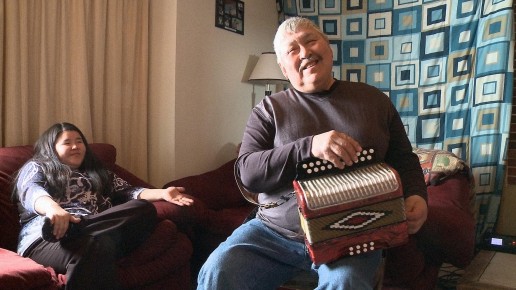
A new language to share our culture
The emergence of films by and about Inuit has created a new visual language that allows us to continue sharing our culture’s past and present. Film gives us a chance to look back on what life was like for our ancestors and to contemplate what life is like now in this modern society. If we were to step into the shoes of our grandmothers and grandfathers and look toward the future (which is now the present day), the scene would have been completely unimaginable. Our people have gone from living a life of survival in tupiit (tents) and igluit (snow houses) to being housed in modern heated homes with all the amenities of the South. Despite these changes, we have continually upheld the importance, and art, of telling stories about our experience.
The National Film Board’s (NFB) Unikkausivut: Sharing Our Stories initiative has created an opportunity to showcase Inuit culture and the changes it has faced over the last 70 years. The Unikkausivut initiative is proof of the ways we Inuit continue to adapt to our new world. In Inuit culture, learning traditionally takes place by watching elders and family members and following the examples they set. I like to think that we are continuing this practice through film, with its ability to document and demonstrate our teachings to others. In the Unikkausivut film How to Build an Igloo, for example, many subtle lessons about customary practices and taboos are present for those who want to learn from them.
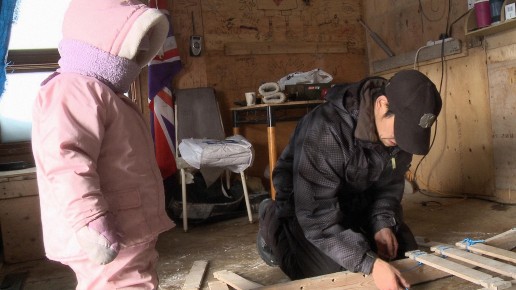
Connecting with our ancestors through cinema
Our ancient art of storytelling has never relied on pen and paper: it is an oral tradition, passed on through memory from generation to generation. The use of Digital Storytelling is a means of capturing these stories and passing them on a new medium of memory that is capable of reaching out through televisions or computer screens around the globe. Watching these films is a way for our people to remember memories and reminisce about times in their lives that were enjoyable. For those Inuit that have not lived the traditional way, it is a way to connect with our ancestors. Connecting to and understanding the decisions our people have made throughout history gives us the roots to understand who we are, and why we are here with the values and customs that we hold. We are still within arm’s reach of our ancestors through watching the Unikkausivut collection, and still have a sacred connection to our descendants through listening to and watching these stories that the NFB has compiled. We should not look back to the life we could have lived if we were one of our forefathers but cherish the life they endured and parse the life we can live for our people today by educating ourselves through film.
Perhaps most importantly, the Unikkausivut collection and the educator’s guide allow us to demonstrate that Inuit culture is still present, but evolving in the way that cultures naturally do. This film collection is important as a tool for understanding traditions that are lost or almost forgotten. It is just as important, however, as a way for us to educate the rest of the world about Inuit culture and ways of life that still thrive in the modern world. The Unikkausivut collection continues our traditions of learning through observation, and keeping our culture alive through the telling of stories about who we were, who we are, and who we want to be.
The Unikkausivut collection and its educator’s guide
The Unikkausivut collection and educator’s guide are intended not only to help non-Inuit students visualize themes of change and continuity in the Canadian Arctic, but also to help those who live in the North better understand the diversity in Inuit practices and narratives. These films provide all learners with means for celebrating the rich traditions, stories and environment that have sustained Inuit people for so long.
This educational guide has been designed to introduce instructors to background information about Inuit life, both past and present. This guide links specific films from the Unikkausivut film collection to key issues in the Arctic, giving instructors a template for engaging students in conversations and activities about the region and its people. The goal of this guide is not to deliver a specific lesson plan, but rather to provide a resource to help educators gain a sufficiently broad understanding of subject material that will enable them to guide their classrooms through the viewing of films and related discussions.
The guide is available in English and in French. We want to thank Aboriginal Affairs and Northern Development Canada for allowing this guide to be translated in the different dialects of Inuktitut (Nunavut (syllabic), Nunavik (syllabic), Nunatsiavut and Inuvialuit).
Download the guide!


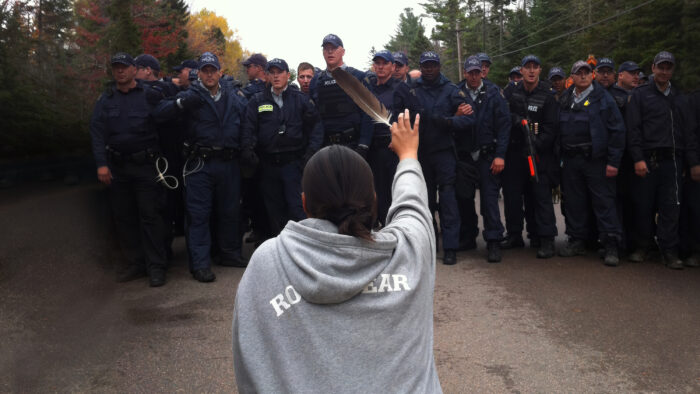
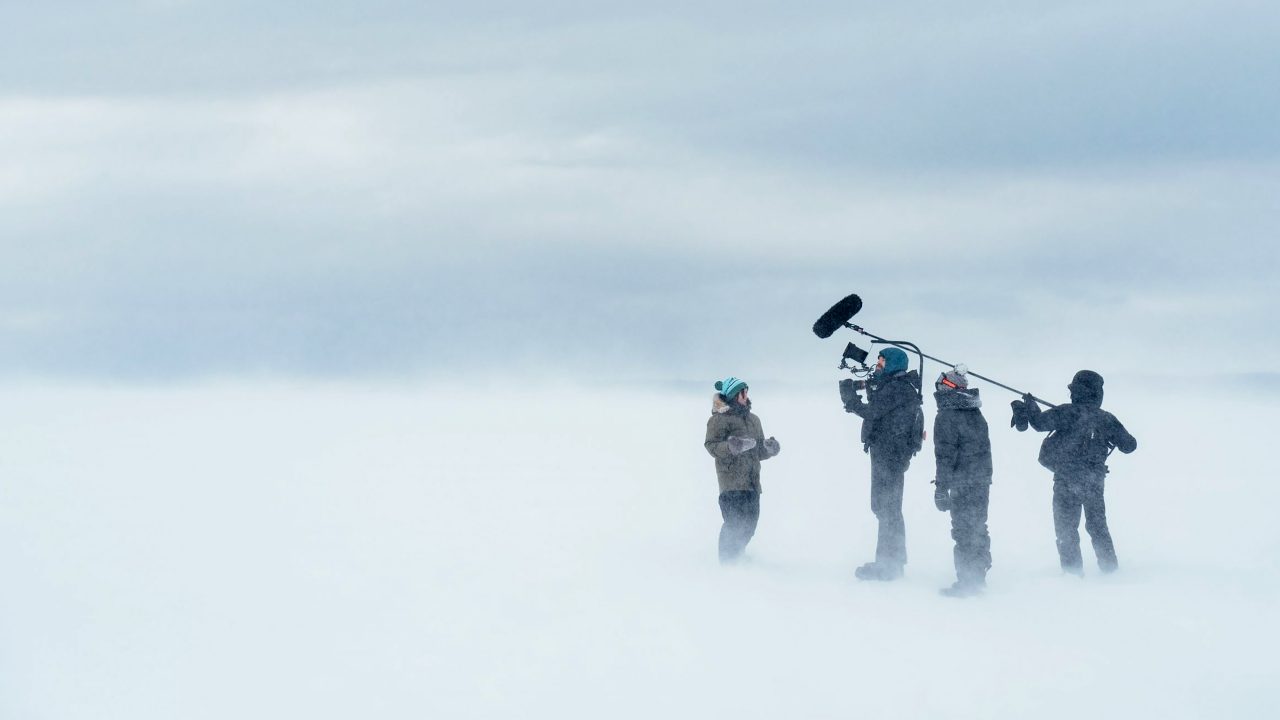
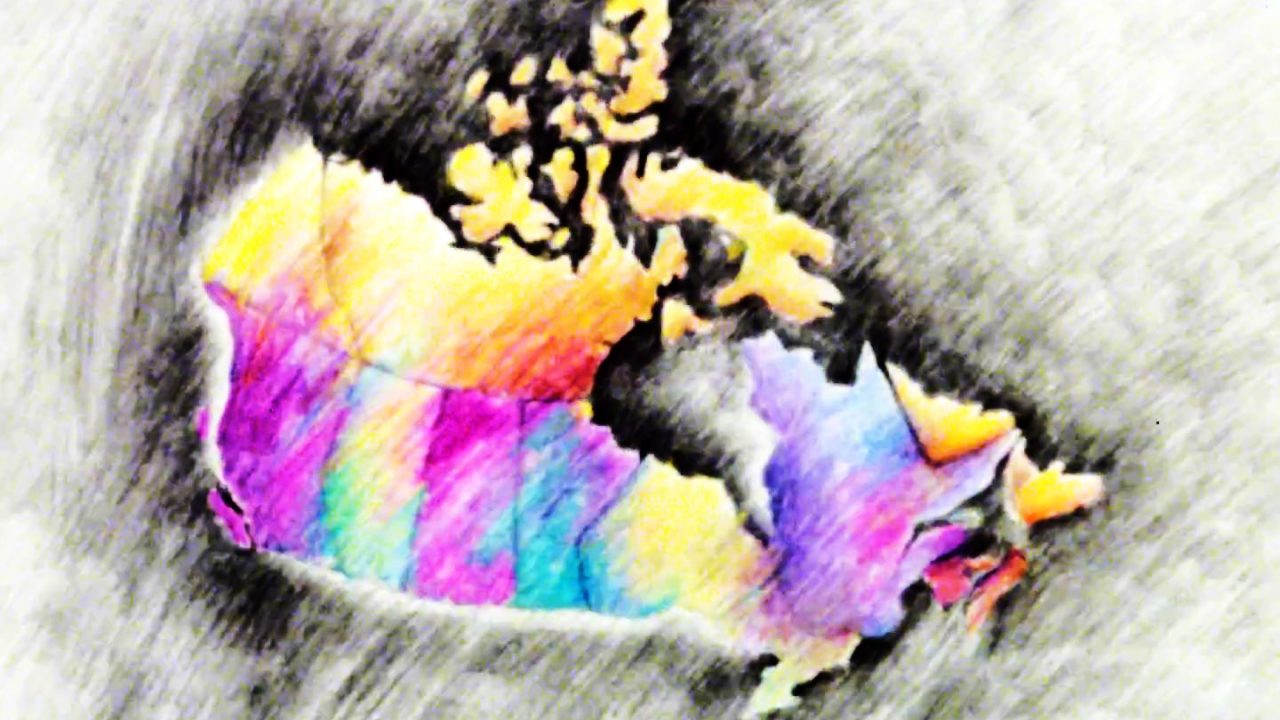
great resource for my students
great resource